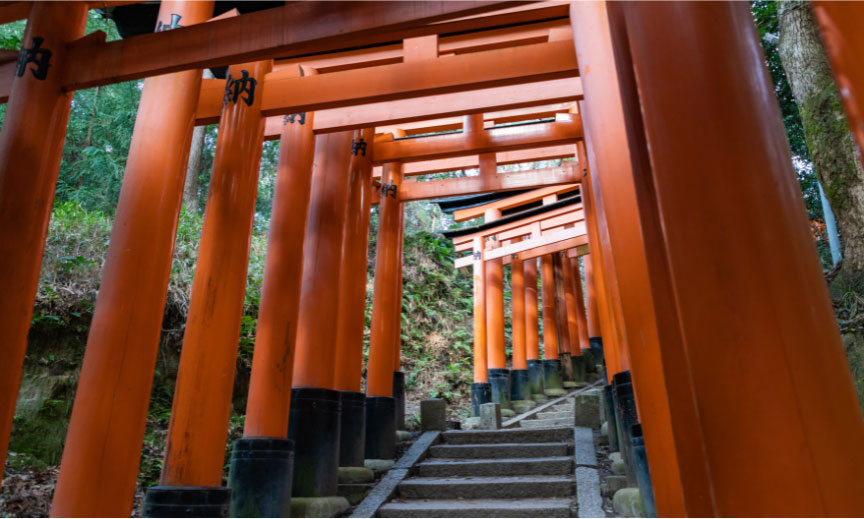Shintoism in Japan

Japan fascinates for the authenticity and the richness of its culture. To discover it, it is advisable to be interested in its religion of which Shintoism constitutes the oldest. This traditional religion of the country impregnates enormously the daily life of the Japanese. Polytheistic, it comes from shamanic and animist beliefs at the same time. In short, Shinto consists in venerating the kami or the spirits of nature and means “way of the gods”. Find more details on the subject through this dedicated file.
Back to the origins of Shintoism in Japan
Shintoism has been evolving through the centuries. It appeared twenty thousand years ago during the Jomon era. At that time, religious beliefs were used to give meaning to the various natural disasters that the archipelago is often subject to: tsunamis, volcanic eruptions, earthquakes, typhoons. Originally, the Japanese were animists. They believed in spirits animating living beings and nature. They even attributed human characters to these souls: the kami.
When Buddhism arrived in Japan towards the end of the Assuka period, Shintoism adapted to it by integrating new beliefs. Kamis are even considered as incarnations of Buddhas. Shinto-Buddhism was then born. It is only during the Edo period that pure Shinto was reborn. It was declared state religion in 1868. Today, Japanese people continue to merge the beliefs belonging to both Shinto and Buddhism, but Shinto rituals take more place in their daily life.
The impact of Shintoism on the daily life of Japanese people
Shintoism continues to influence the way of living and thinking of the Japanese. Indeed, the Japanese culture is very much based on the respect of the nature, but also the ancestors and the kami. According to the Japanese, in each and every thing there is a kami to which they dedicate a cult. Moreover, in the country, matsuri, these Japanese festivals are held to honor the kami.
Moreover, life events always give rise to Shinto rituals and festivals, whether it is births, weddings, New Year, cherry blossom festival, girls’ festival, etc. Even some cleanliness practices are part of Shinto worship. Among these practices is the washing of hands and mouth before entering sacred places like shrines. It is the same for the rite of purification of the body (shower) before entering a hot spring or onsen
